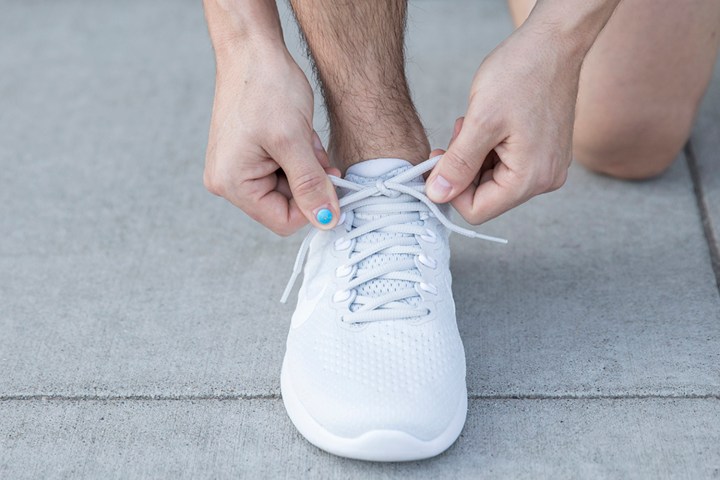
At last check, nearly 77,000 people were diagnosed with skin cancer in the United States, making melanoma the most common form of cancer in the country. It’s not hard to see why. We tend to worship the sun like ancient Egyptians, spending entire days basking in its rays, too often neglecting the fact that a dark tan can lead to cancer.

With UV Sense, L’Oreal wants to make monitoring UV exposure easy. No wider than a dime and as thick as an M&M, the solar-powered device has no battery, moving parts, or buttons. It sticks on your fingernail — or necklace, shirt button, or bracelet — and uses a sensor to measure UV exposure.
It’s not as feature-rich and flashy as most other wearables, but that’s kind of the point. Just stick it on and periodically swipe it over your phone, which wirelessly collects its measurements and shows them in an app, complete with a UV report and advice on how to avoid the sun. As a L’Oreal device, expect recommendations on L’Oreal products to purchase as well.
“UV exposure is so key to skin health and appearance,” John Rogers, a Northwestern engineer who led the technical development, told Digital Trends. “From a user standpoint, it’s hard to imagine anything simpler, in the sense that you never have to worry if you’re battery is charged up, since it doesn’t need one. There are no moving parts or buttons, and no physical interfaces to the device. It all happens wirelessly to the phone.”
One of the biggest challenges Rogers and his team faced in developing UV Sense was the antenna design and electronic circuit design that enable such a small device to interface with a phone. Solving those issues, “opened up the ability to mount technology in places that were previously not considered,” he said. Like the fingernail.
It also means Rogers and his research can experiment with other miniaturized sensors to monitor things like heart rate, respiration rate, blood oxygen levels. “You can do all of that from the nail,” he said.
UV Sense should be available in time for summer and will retail for under $50, The Verge reports.


